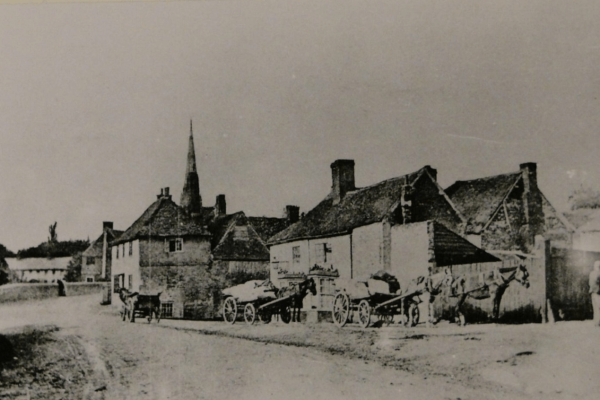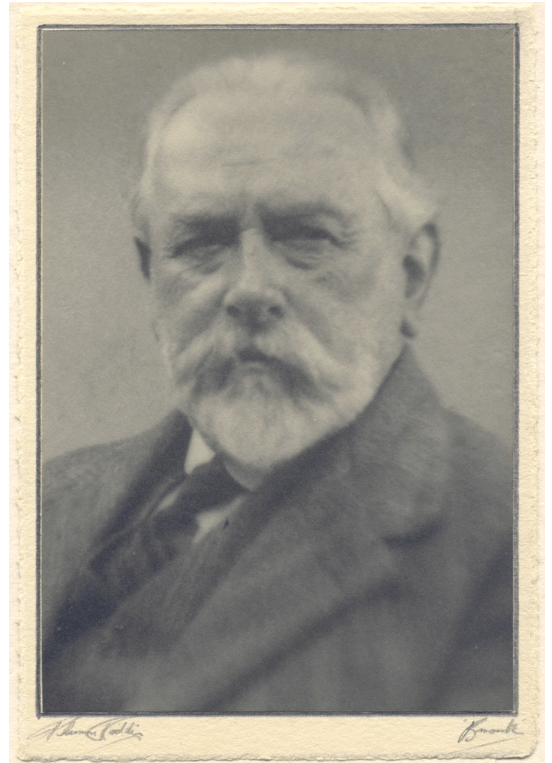Mrs Ridout and the Coombe Bissett Express
Discover the little-known story of Maria Ridout and her Express carrier
From: The Salisbury Museum
Mrs Ridout and the Coombe Express c. 1878, is a keynote painting within The Salisbury Museum’s collection, depicting a humble woman and her donkeys conveying goods between Coombe Bissett and Salisbury. Notable in her lifetime, her celebrity grew with this painting by eminent local artist and portrait painter, Frank Brooks.



